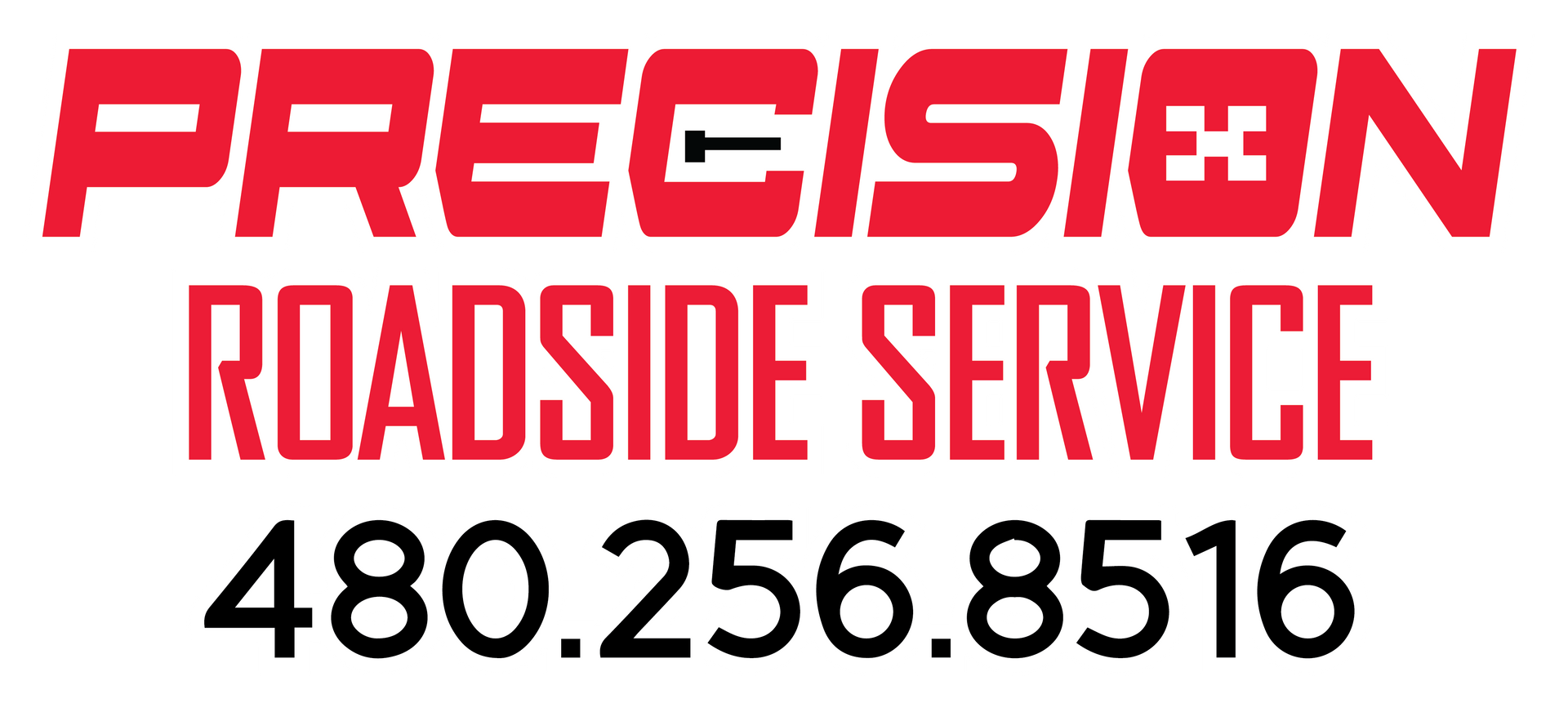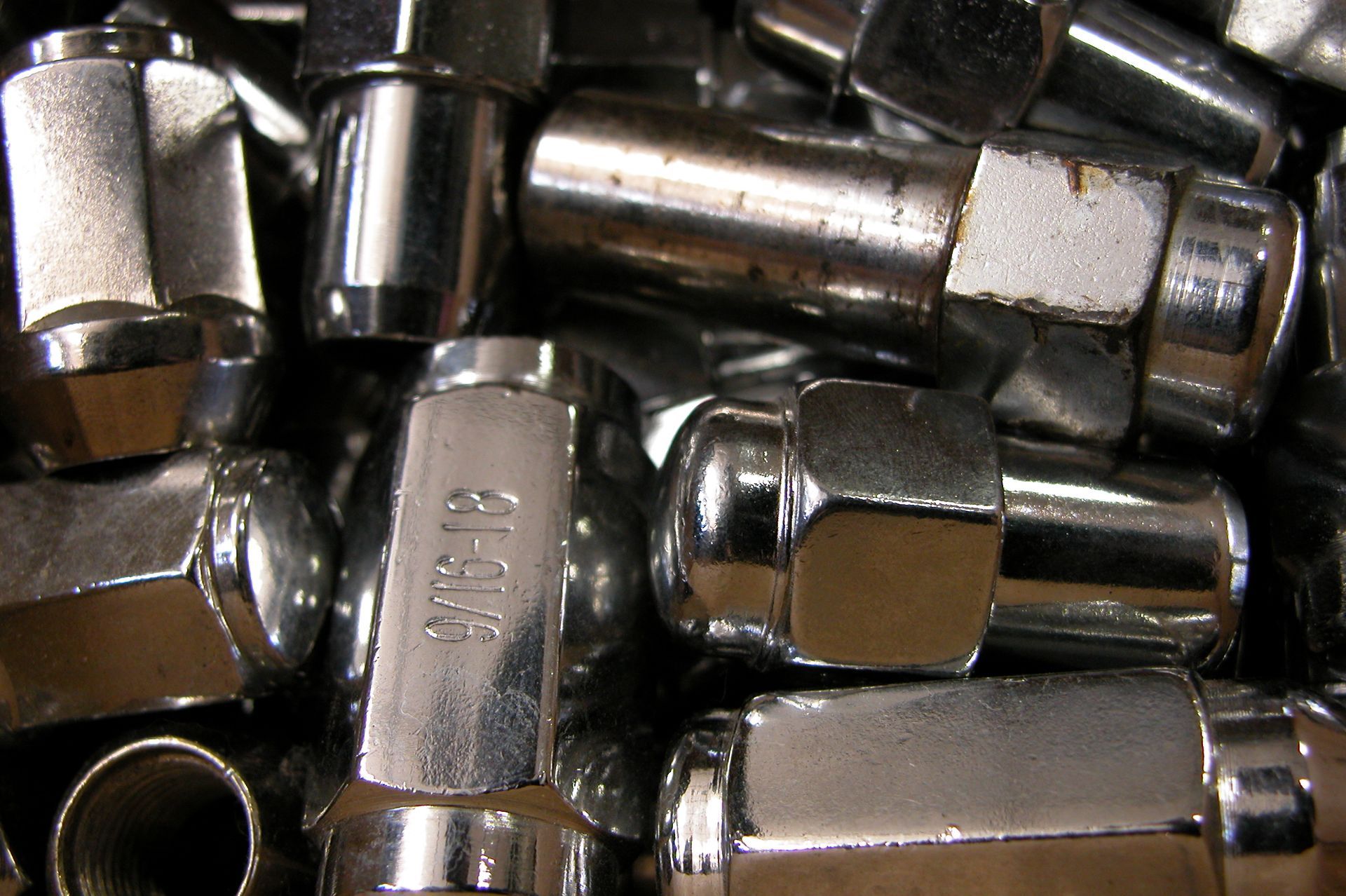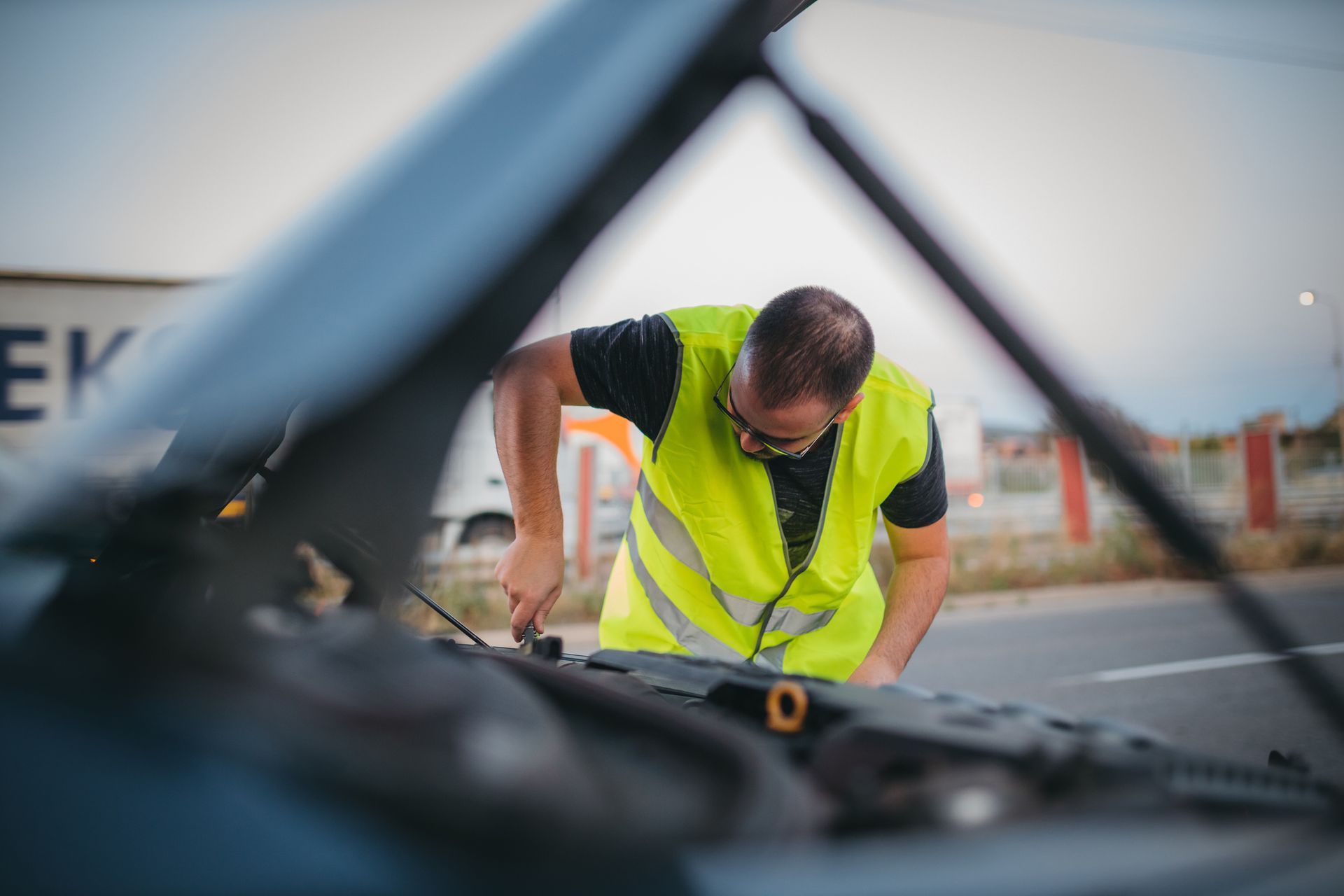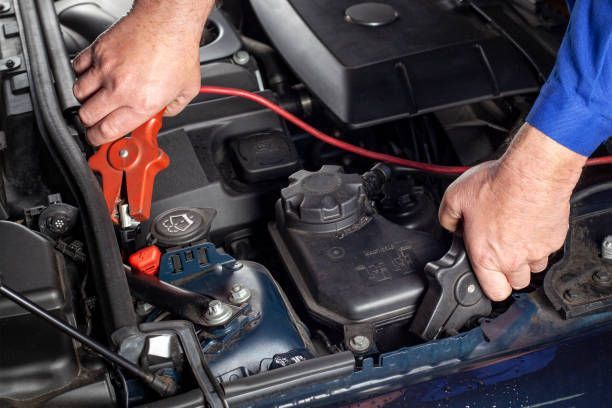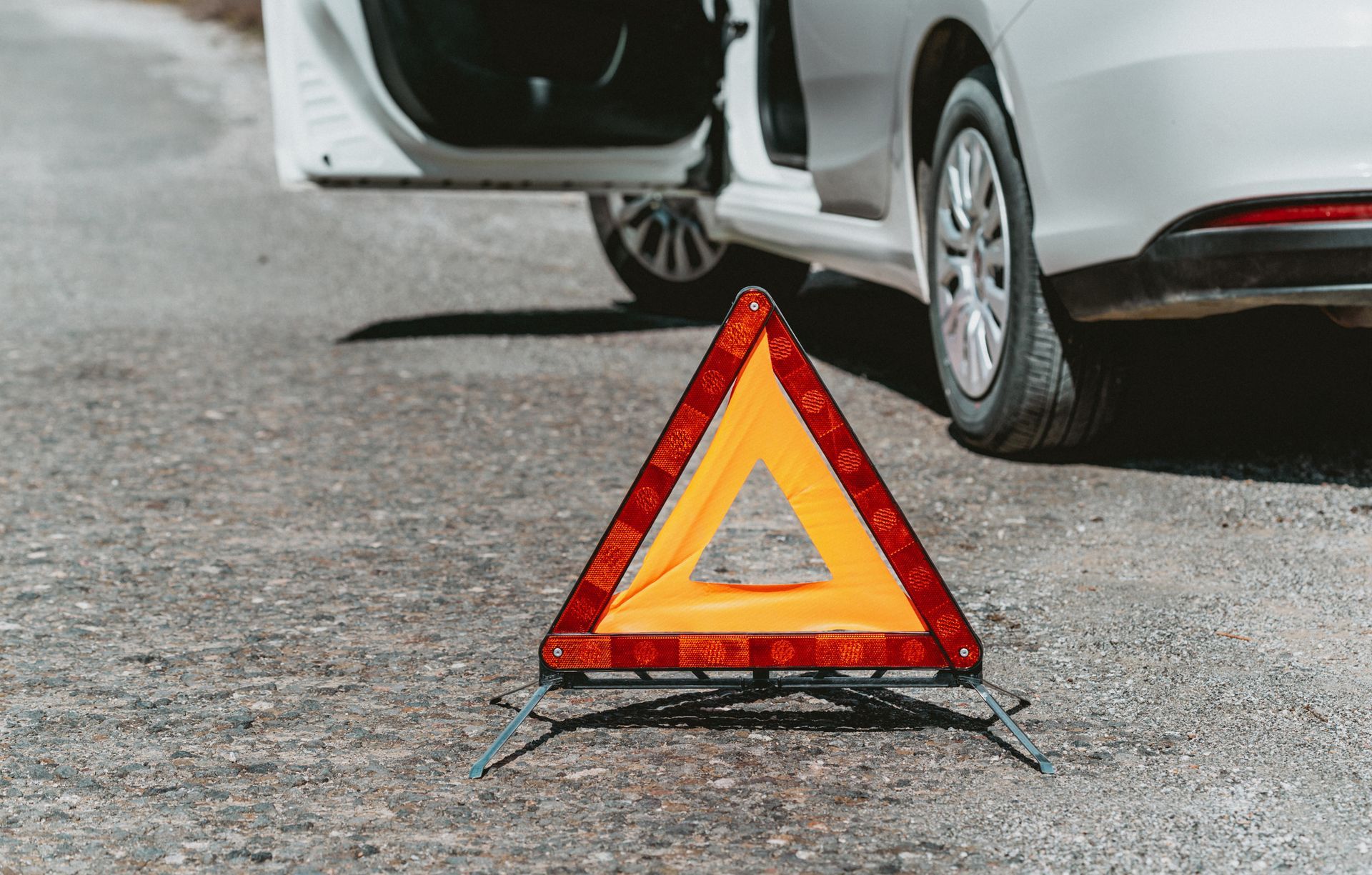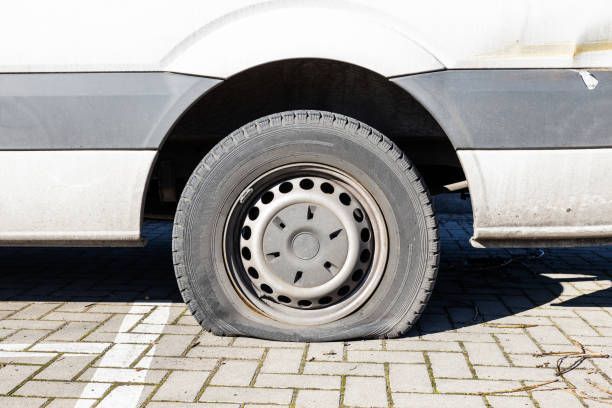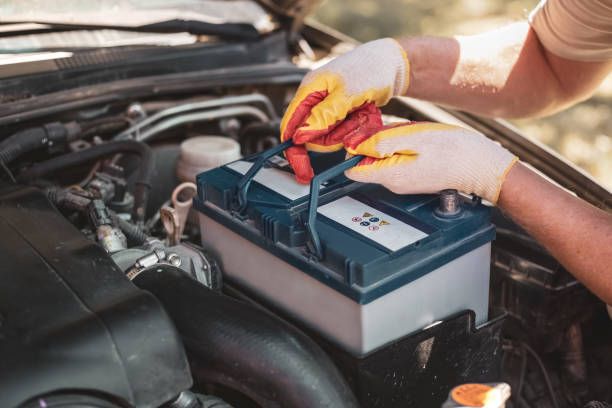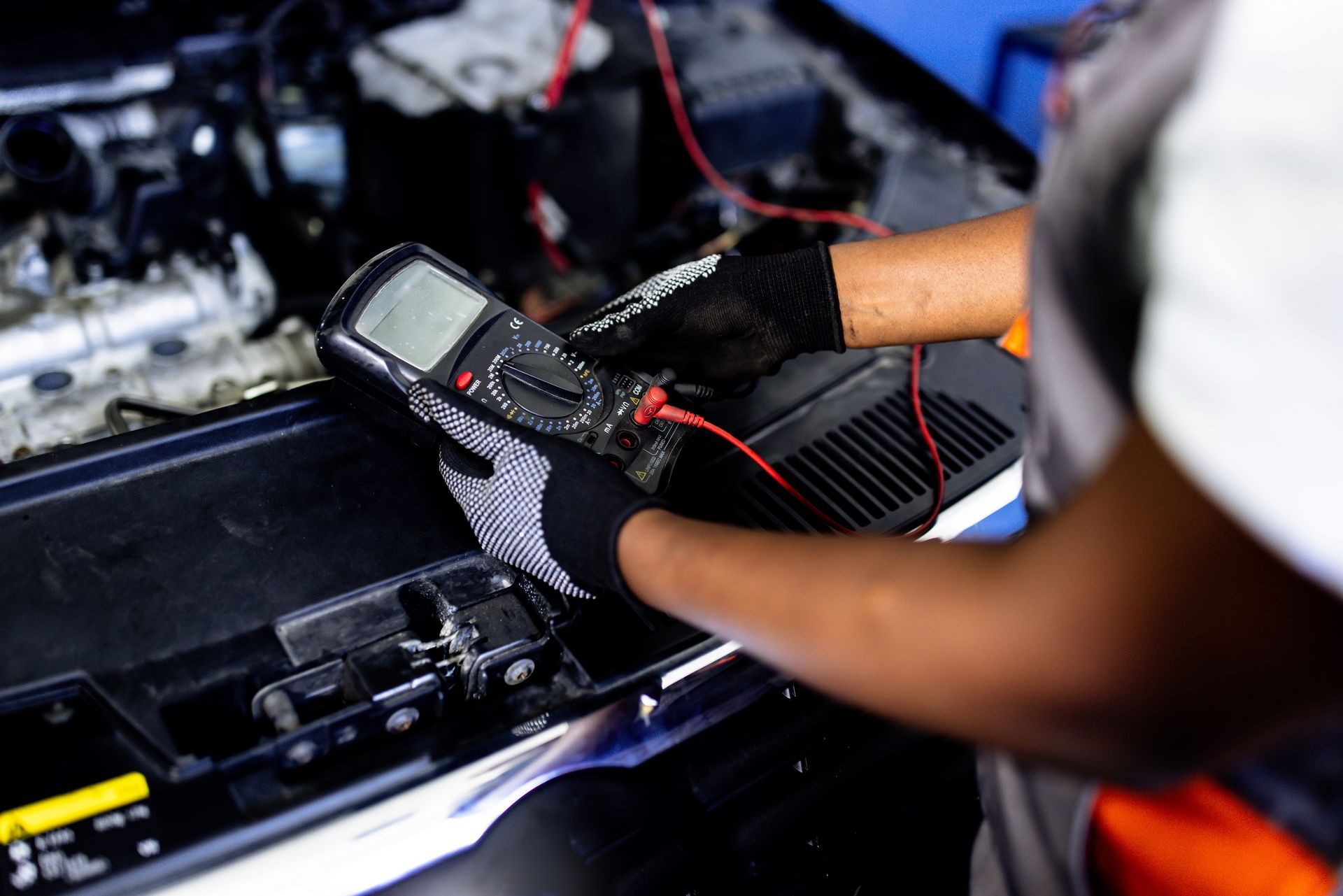Blog Layout
Here are the steps and common practice to safely replace your flat tire
We understand that coming out to a flat tire
is never good, some tips and tricks to avoid this are to regularly check your tires, a quick walk around to verify there is plenty of tread left and there are no visible defects to the any of the tires. If you do find yourself in a situation where you have a flat tire
whether you had a blow out or picked up a nail here are the step to take to prepare yourself for a tire change.
Once you’ve gathered all the necessary equipment for your tire change, follow the step-by-step instructions outlined by Precision Roadside Service to successfully replace your flat tire with a spare tire
and get back on the road safely and swiftly!
Safety First: Park your vehicle on a flat surface, activate hazard lights, and engage the parking brake.
Prepare the Vehicle: Place wheel chocks behind the opposite tires to prevent movement.
Loosen Lug Nuts: Using the lug wrench, turn the lug nuts counterclockwise to loosen them while the tire is on the ground. Don’t remove them completely yet.
Jack Up the Vehicle: Position the jack at the vehicle's jacking point as indicated in the owner's manual and lift until the flat tire
is off the ground.
Remove Lug Nuts: Take off the loosened lug nuts completely and set them aside in a safe location.
Install the Spare Tire: Line up the spare tire with the wheel hub and push it onto the hub until it’s snug.
Replace Lug Nuts: Hand-tighten the lug nuts onto the spare tire, ensuring they are seated without fully tightening them yet.
Lower the Vehicle: Carefully lower the vehicle back to the ground using the jack.
Tighten Lug Nuts: Once on the ground, use the wrench to tighten the lug nuts securely in a star pattern for even pressure distribution.
Store Equipment: Put the flat tire, jack, and tools back in your vehicle.
Check Spare Tire
Pressure: Use the tire pressure gauge to ensure the spare tire is properly inflated before driving away.
By following these steps, you'll safely replace your flat tire
and be on your way!
After successfully changing your tire, keep in mind that spare tires
are only temporary solutions, and manufacturers recommend replacing them with a proper factory-sized tire as soon as possible for optimal safety and performance.
If you require further assistance with changing a flat tire or feel uncomfortable handling it yourself, Precision Roadside Service
is ready to help you. You can reach them at 480.256.8516
for prompt and reliable support.
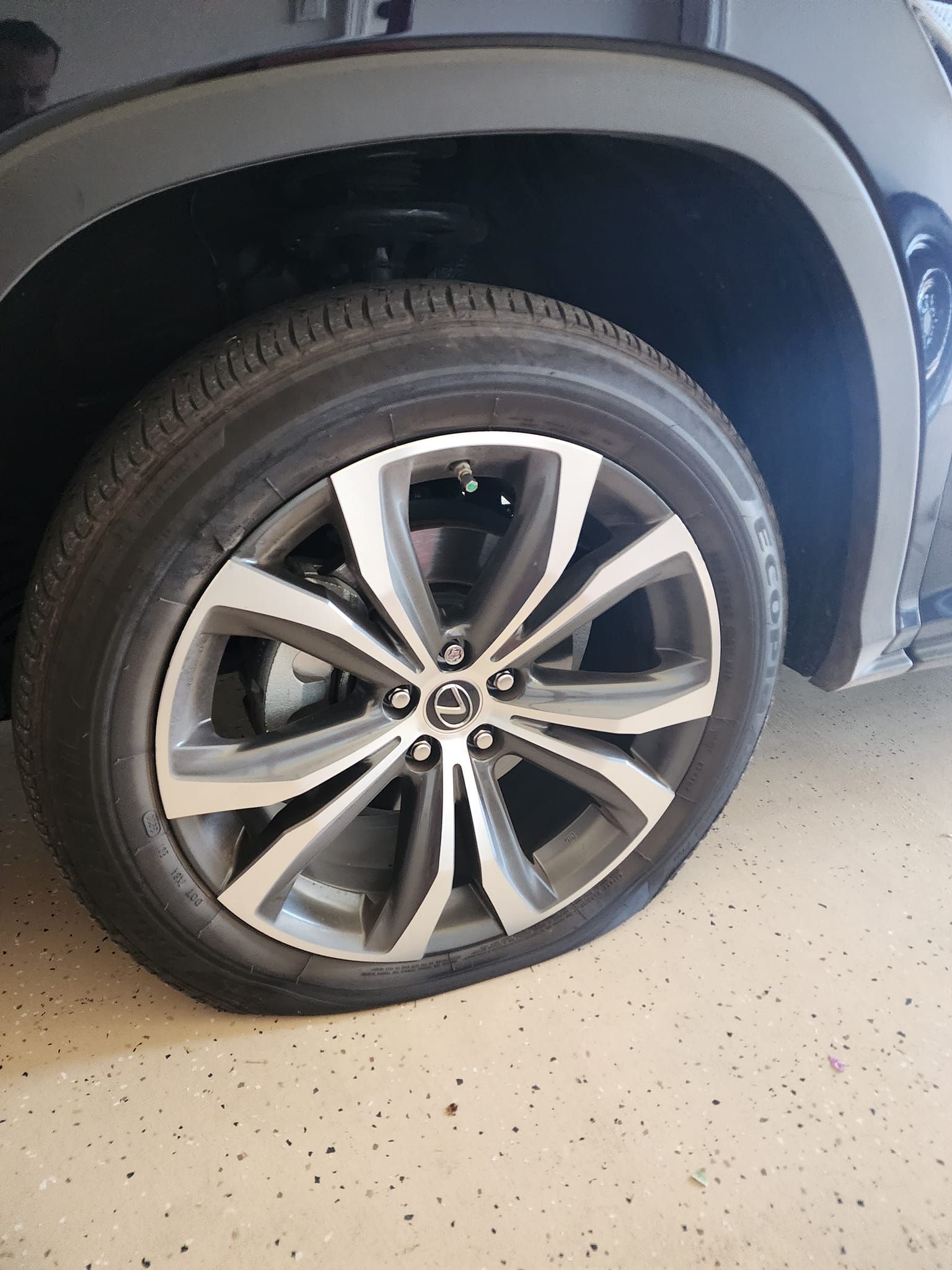
December 18, 2024
Properly torquing lug nuts to specification is essential for several key reasons related to safety, performance, and longevity of your vehicle: 1. Safety Preventing wheel detachment: Incorrectly torqued lug nuts (either too loose or too tight) can cause the wheel to come loose while driving, leading to a serious accident. If the lug nuts are too loose, the wheel may detach entirely, while overly tight lug nuts can lead to uneven stress on the wheel assembly. Even pressure distribution: Torqueing to the manufacturer’s specifications ensures that the pressure on the wheel is evenly distributed. This helps maintain the structural integrity of the wheel, brake rotor, and hub assembly, minimizing the risk of failure during operation. 2. Proper Wheel Fitment Maintains even clamping force: The specified torque ensures that the clamping force is distributed evenly across all the lug nuts. If lug nuts are torqued unevenly, it can cause the wheel to warp or become misaligned, which can affect the handling, braking, and overall stability of the vehicle. Prevents warping: Too much torque can lead to deformation of the wheel, brake rotor, or hub, which can cause wobbling or other issues. Conversely, too little torque can lead to the nuts loosening over time, causing vibration and potential damage. 3. Avoiding Damage to Components Preventing lug nut or stud damage: Over-tightening the lug nuts can cause damage to the wheel studs or the threads on the lug nuts, leading to stripped threads, broken studs, or difficulty removing the nuts during future tire changes . This could result in costly repairs. Avoiding distortion of the brake rotor or hub: If the lug nuts are torqued improperly, it can cause distortion in the brake rotor or hub, leading to brake performance issues, vibration, and uneven tire wear. 4. Maintaining Warranty and Vehicle Integrity Warranty compliance: Many vehicle manufacturers specify torque settings as part of the warranty terms. Failure to follow these guidelines could void any warranty coverage on the vehicle, particularly for suspension and braking components. Enhanced lifespan of parts: Properly torqued lug nuts reduce stress on components, which can extend the life of your wheels, brake rotors, wheel bearings, and other associated parts. 5. Preventing Uneven Tire Wear Improves tire performance: When lug nuts are torqued correctly, the wheel is properly aligned, which helps in reducing uneven wear on the tires. Misalignment can lead to poor handling and premature tire wear, which can affect both safety and fuel efficiency. How to Properly Torque Lug Nuts: Use a torque wrench: A calibrated torque wrench should be used to apply the correct amount of torque to each lug nut. A typical lug nut torque specification ranges between 70 to 100 lb-ft (or 95 to 135 Nm), but it’s important to refer to your vehicle's owner manual for the exact value. Follow a star or crisscross pattern: To ensure even pressure distribution, always tighten the lug nuts in a crisscross or star pattern, gradually increasing the torque in multiple stages. By following the correct torque specifications, you ensure the safety, performance, and longevity of your vehicle and its components.
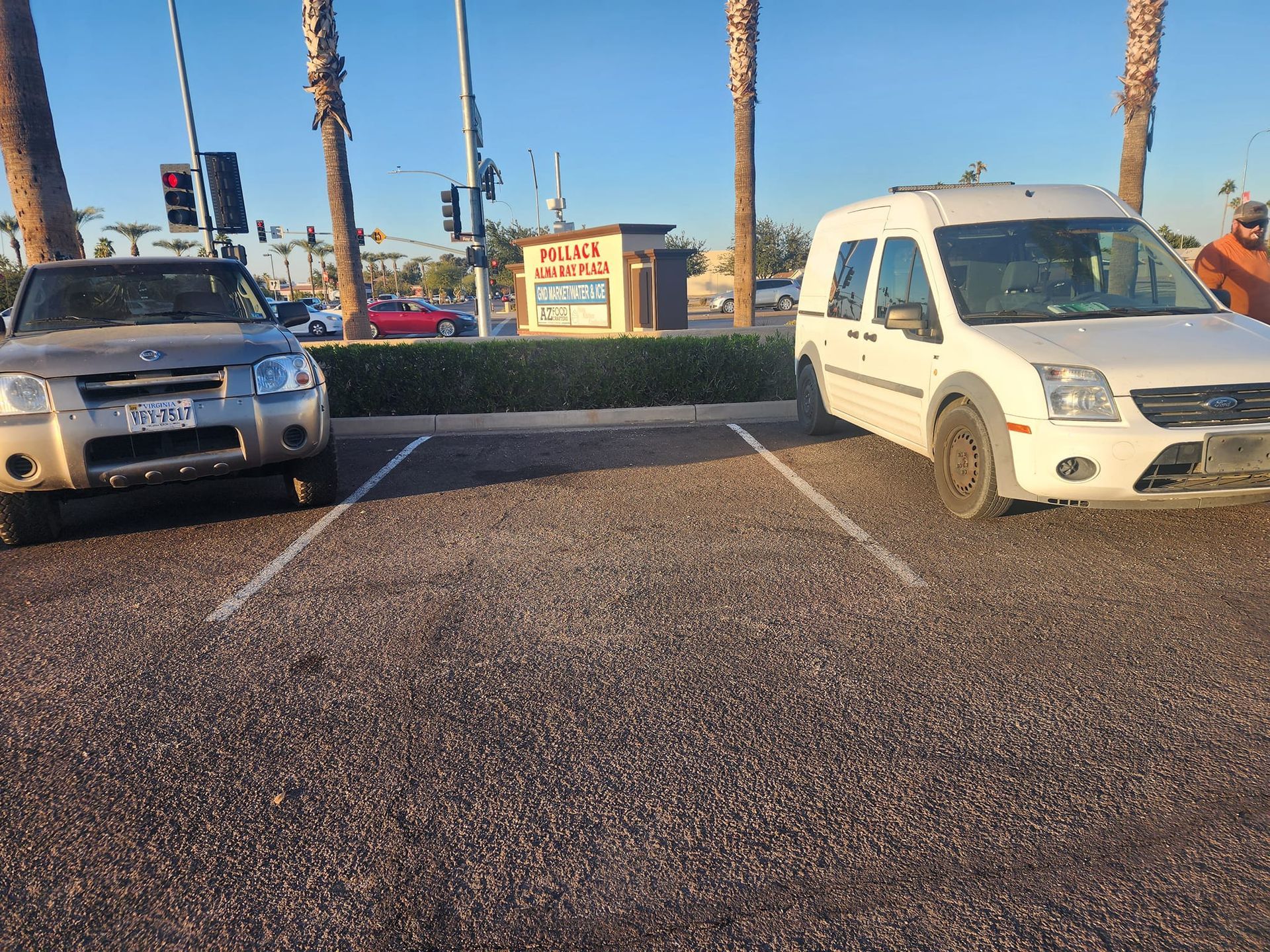
September 21, 2024
1. Rapid Response Time: Precision Roadside Service boasts a team of experts ready to assist you quickly, minimizing your downtime on the road. 2. Comprehensive Services: From tire changes and fuel delivery to battery jumpstarts , Battery Replacements and lockout assistance , they cover a wide range of roadside emergencies. 3. 24/7 Availability : Regardless of when you encounter a problem, their round-the-clock service ensures help is always just a call away. 4. Experienced Technicians: Their skilled professionals bring years of experience to handle various vehicle issues, ensuring safe and efficient service. 5. Affordable Pricing: Precision Roadside Service offers competitive rates without compromising quality, making it a cost-effective choice for drivers.
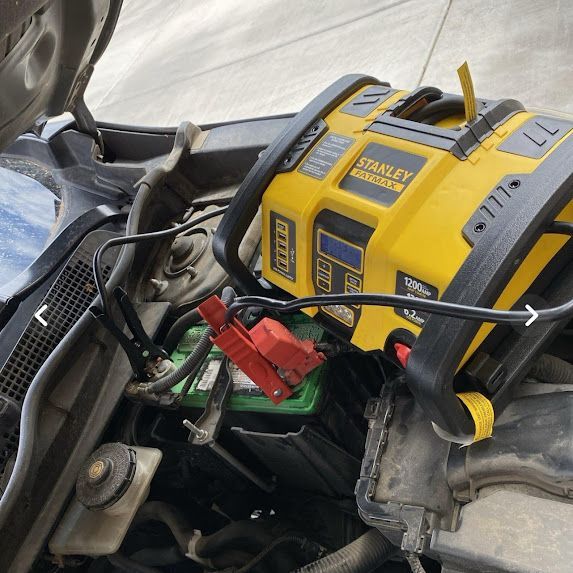
September 20, 2024
Here are step-by-step instructions for safely performing a jumpstart : 1. Gather Equipment: You'll need a working vehicle (the donor car), jumper cables , and possibly gloves and safety glasses. 2. Position the Vehicles: Park the donor vehicle close to the dead vehicle, ensuring both engines are off and that they are in neutral or park. 3. Prepare the Jumper Cables: Unwind the jumper cables and make sure they are not tangled. 4. Connect the Cables: - Attach one red cable clamp to the positive terminal (+) of the dead battery . - Connect the other red clamp to the positive terminal (+) of the donor battery. - Attach one black cable clamp to the negative terminal (−) of the donor battery. - Connect the other black clamp to an unpainted metal surface on the dead car for grounding (not to the negative terminal of the dead battery). 5. Start the Donor Vehicle: Turn on the engine of the donor vehicle and let it run for a few minutes to charge the dead battery. 6. Start the Dead Vehicle: Attempt to start the dead vehicle. If it doesn’t start, wait a few more minutes and try again. 7. Disconnect the Cables: Once the dead vehicle starts, carefully remove the cables in reverse order: - Black clamp from the grounded surface of the dead vehicle. - Black clamp from the donor vehicle. - Red clamp from the donor vehicle. - Red clamp from the dead vehicle. 8. Let the Vehicle Run: Keep the revived vehicle running for at least 15-30 minutes to allow the battery to recharge. 9. Check Battery Health: If the vehicle has difficulty starting again, consider getting the battery and charging system checked. Always take precautions, such as wearing gloves, avoiding contact between cable clamps, and making sure vehicles are not touching each other, to minimize risks.
BROWSE OUR WEBSITE
Content, including images, displayed on this website is protected by copyright laws. Downloading, republication, retransmission or reproduction of content on this website is strictly prohibited. Terms of Use
| Privacy Policy
